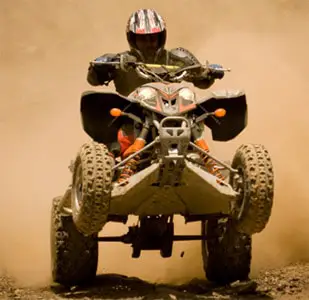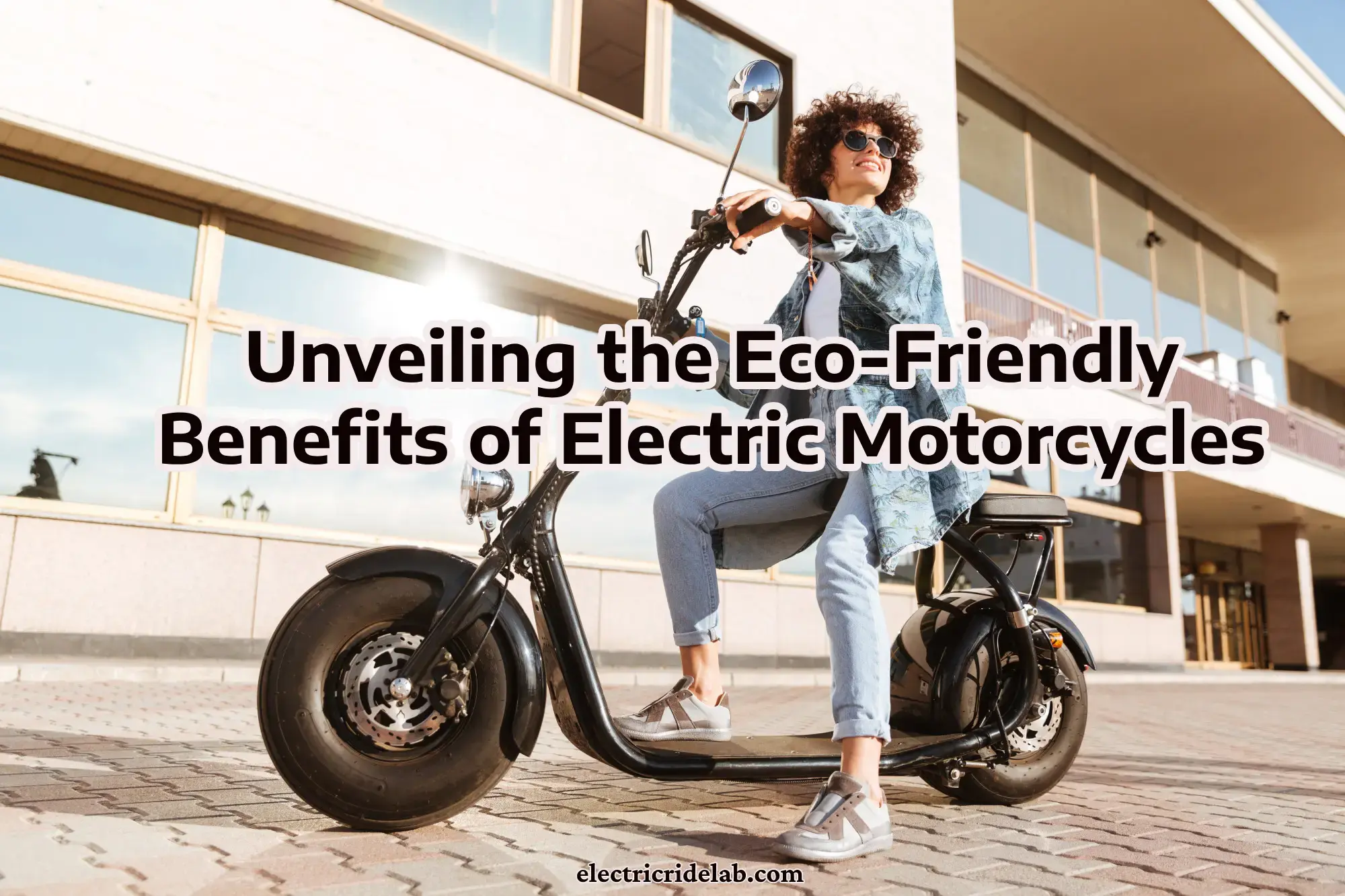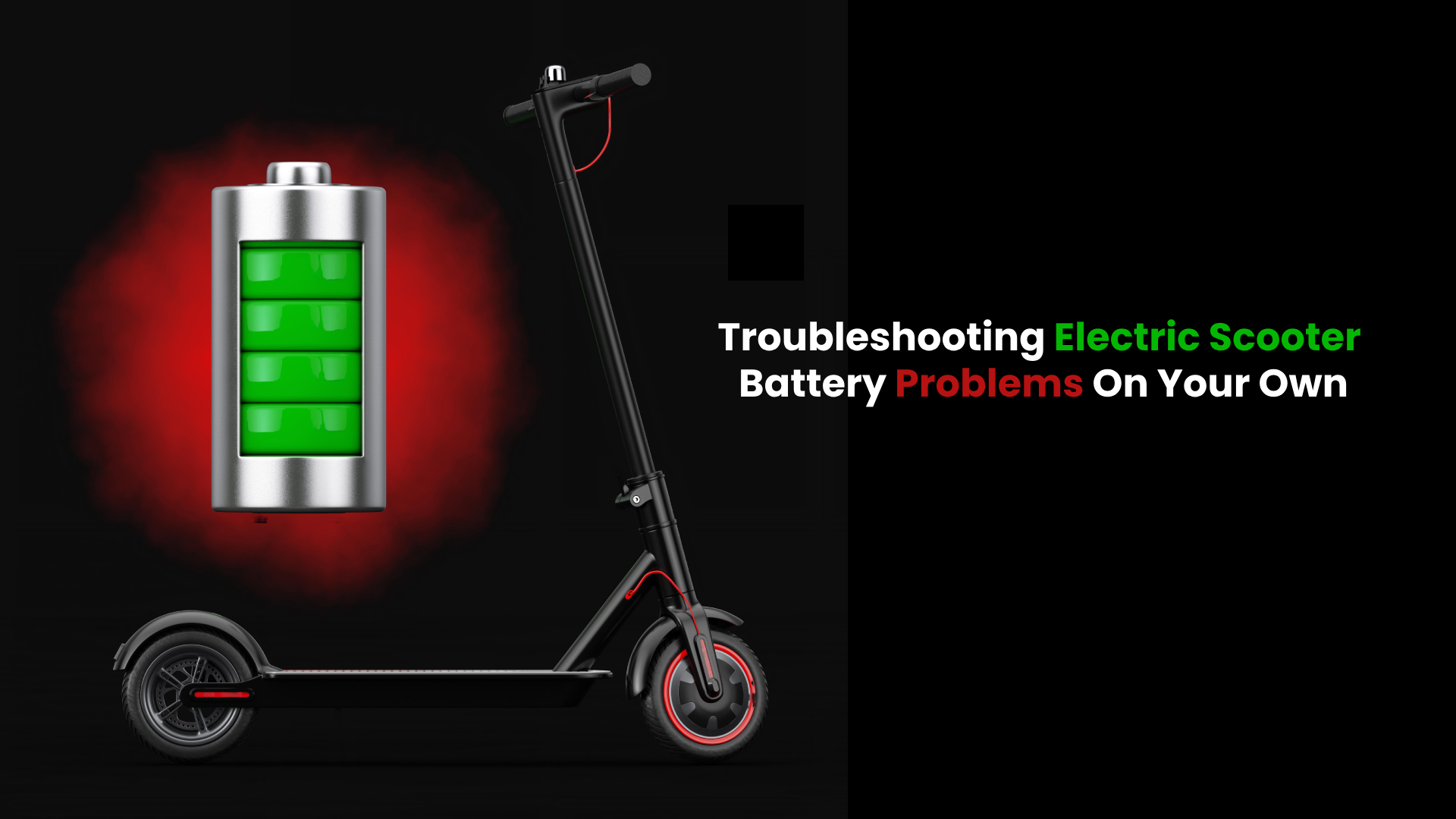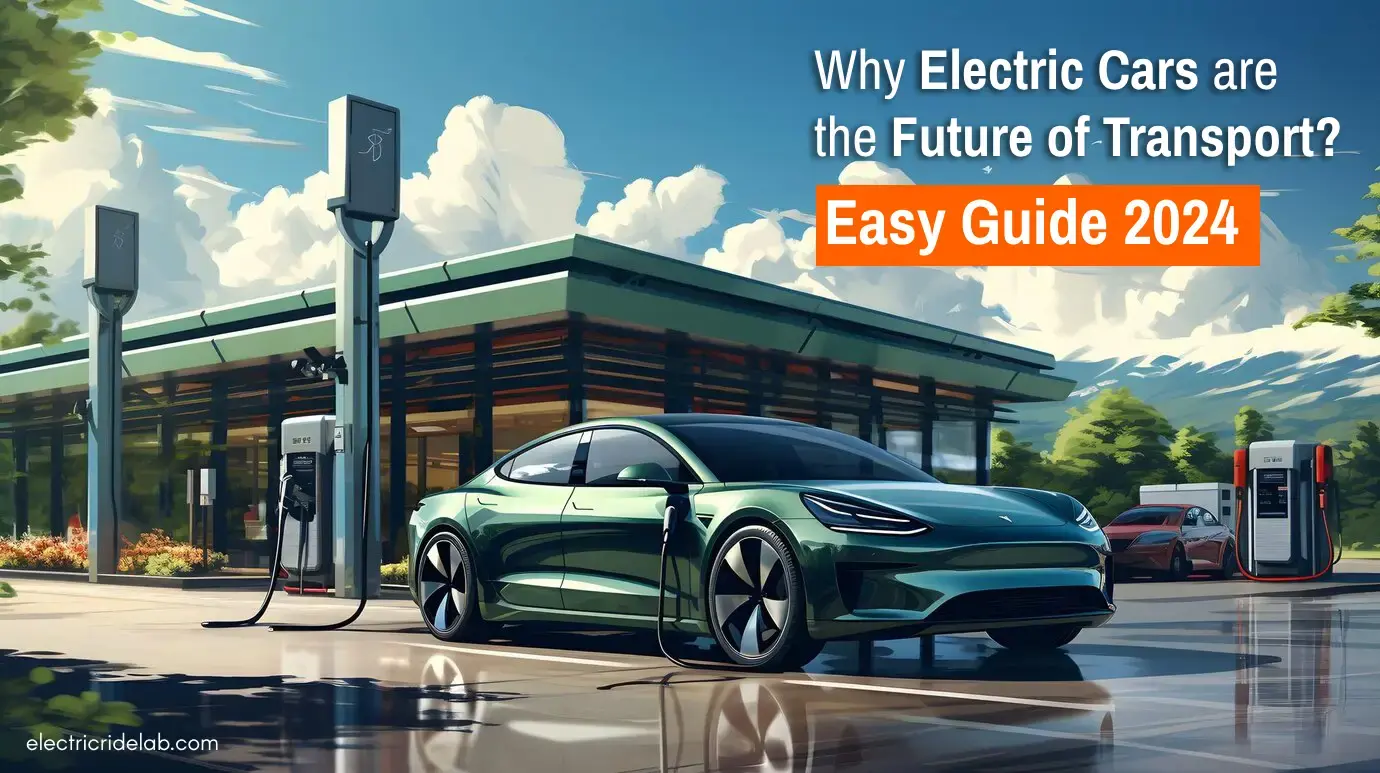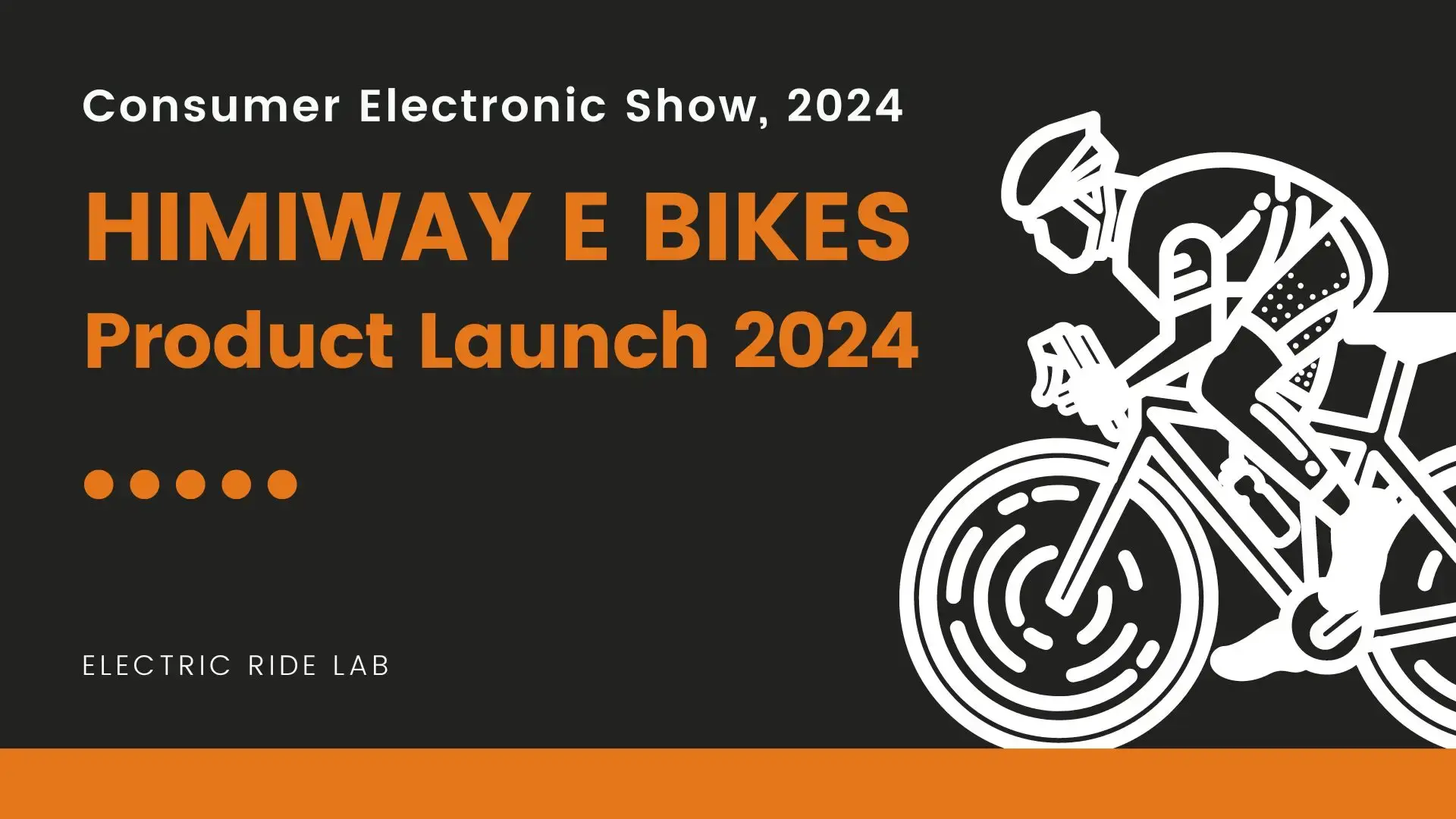One of the biggest reasons why many gas-powered ATV riders have refused to make the transition to fully-electric ATVs is because they’re unsure of the latter’s power capabilities. The average gas-powered ATV can reach top speeds of up to 50 mph, with the world record for fastest ATV recording an insane 196.19 miles an hour/ 315.74 km/h (reached by Terry Wilmeth on a Yamaha 700 Raptor.) E-ATVs are powerful but they don’t pack as much oomph as their gas-powered counterparts.
With the total number of EVs on the road expected to reach a record 145 million by 2030, the question on every quad enthusiast’s mind is “How Fast Does an Electric ATV Go against ICE-powered all-terrain vehicles?”.
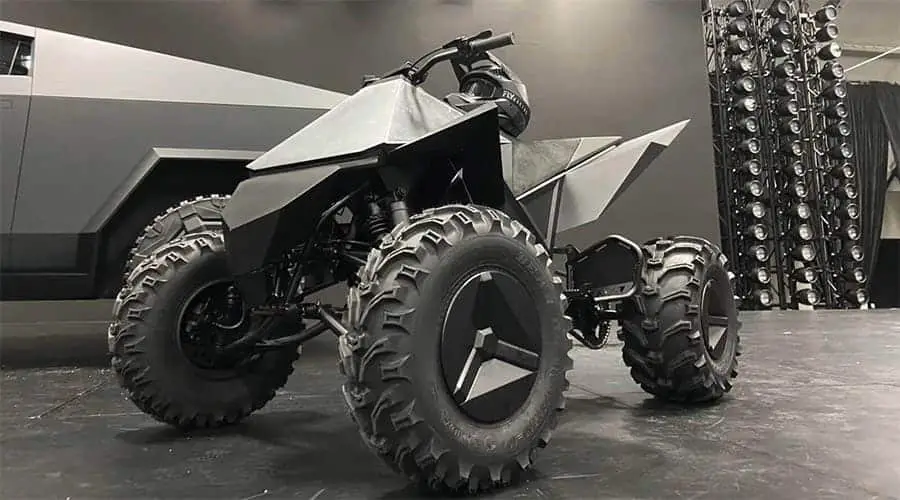
Source: HyperChange
How Fast Does an Electric ATV Go
In general, electric ATVs can reach max speeds of up to 40 miles an hour. Those designed for children usually come with governors (limiters) that restrict them to speeds under 10 mph.
Adult E-ATVs, on the other hand, are often equipped with higher-powered electric motors that propel them to speeds exceeding 30 miles an hour. The fastest electric ATV on the planet today is a DIY Tesla Cyberquad that hits maximum speeds of 100 miles an hour.
There are also UTVs (Utility Task Vehicle); a different kind of all-terrain vehicle. These machines are designed for heavier-duty tasks and often feature more passenger seats than regular quad bikes. They share the same speed range as adult E-ATVs, however, it is not uncommon to find E-UTVs that max out at speeds beyond 70mph.
Also Related:
Electric ATV Buying Guide | 5 Things to Pay Attention To
Are Electric ATVs Road Legal?
Most states in the USA prohibit the use of ATVs and UTVs (electric or gas-powered) on public roads and streets. Some states, however, make certain exceptions.
For example, California, Arkansas, Alaska, Colorado, and a few other states allow All-Terrain Vehicle riders cross public roads (or highways) with their machines, especially when said roads cut through trails.
Arizona, Michigan, South Dakota, and Kansas require that ATV/UTV riders register their vehicles for on-highway use, equip them with license plate lights (and other utilities), and carry proof of liability insurance before they can be classified as “street legal”
States like Georgia, Delaware, Maryland, Massachusetts, New Jersey, and Virginia strictly prohibit the operation of all-terrain vehicles on public roads.
Washington allows the use of quad bikes and utility task vehicles on roads with speed limits below 35 mph. Riders must also register their ATVs and ensure that they have been made street-legal.
What Is a “street-legal” Quad Bike
A street-legal quad bike is an all-terrain vehicle that meets all the requirements needed for it to be considered safe for riding on public roads (in jurisdictions where ATVs are allowed on streets).
Below are some of the conditions that must be met for an electric ATV to be considered street-legal.
- The ATV must be equipped with utilities like mirrors, a horn, head & tail lights, turn signals, reflectors, etc.
- It must have a windshield and a wiper blade.
- The ATV must come with a device that displays the unit’s speed and range.
- Some states will only register your ATV if it comes with seat belts installed at each designated seating position.
- The rider must have liability insurance.
Also Related:
Best Electric ATV for Adults | Amazing 4 Wheelers in 2024
What Makes an Electric ATV Fast?
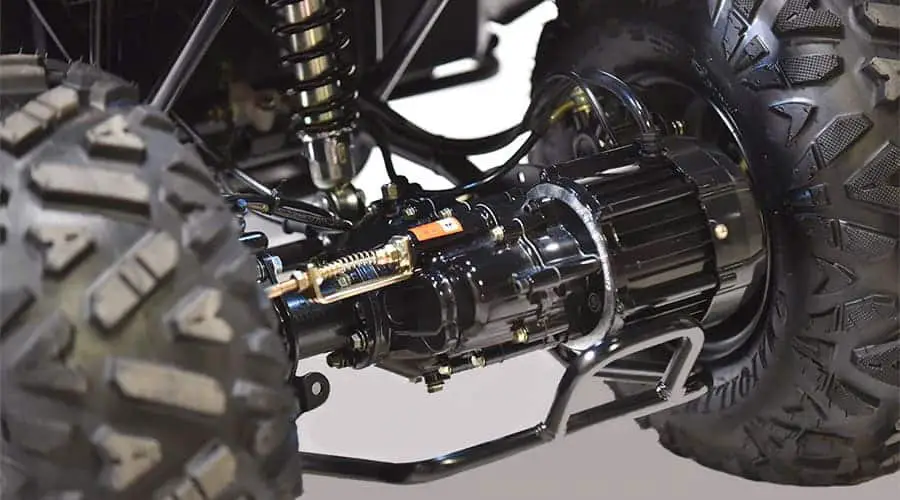
Source: Belmontebikes
In most cases, the only factor that decides how fast an electric quad bike travels is power. The more power an electric ATV’s motor can generate, the faster it will accelerate provided there are no speed governors installed on the vehicle.
Unlike other electric vehicles, E-ATVs aren’t usually designed to travel at high speeds. They are heavy, large, come with bulky solid/pneumatic tires, and are often equipped with front & rear suspension systems.
This doesn’t mean there are no fast lightweight E-ATVs available on the market. It just means that the higher up the power spectrum you go when shopping for electric quads, the bigger your chances of purchasing an actual zippy ATV.
How Much Power Do I Need on an Electric ATV

Source: Unsplash
What you intend to use an electric ATV for will determine the minimum power rating that’ll be sufficient for your needs. Not all electric quad bikes are created equal.
A 500W electric ATV might be powerful and torquey enough to get your 8-year-old screaming in excitement every time he/she hits the gas. However, if you take that same ATV and try to ride it up a 40% grade, you’ll notice a significant drop in speed and power output.
So how much power do you really need on an electric ATV? I have compiled some of the most common rider classes and how much power is suitable for each category.
Also Related:
Best Electric Four Wheelers ATV For Kids
Electric ATVs for KIDS
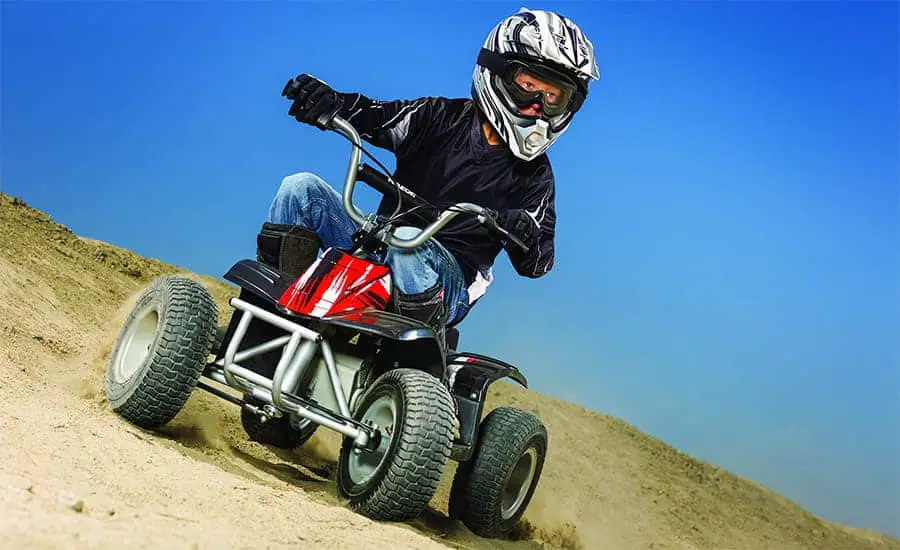
Source: Razor
If you’re looking to purchase an electric quad bike for your child — who’s between the ages of 3 and 12 — I suggest you stick to ATVs with power ratings below 350 Watts.
Some manufacturers design kids’ E-ATVs. Such models are restricted to speeds under 10 miles an hour and are often equipped with extra utilities to ensure your child’s safety.
Electric ATVs for Adults
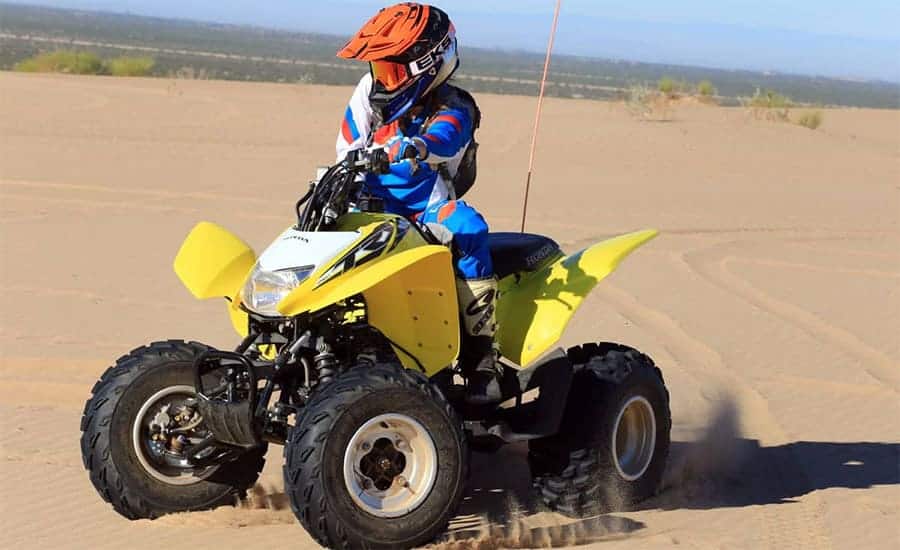
Source: Deserttoyrentals
The process of picking out an adult quad bike isn’t as straightforward as browsing the web for kids’ all-terrain vehicles. Adult E-ATVs come in all shapes and sizes.
Choosing the best power rating for an adult four-wheeler will depend on the user’s profile and riding preferences.
Riding on Flat Roads
Moderately-powered electric all-terrain vehicles (anything between 500W and 2000W/2Kw) should be able to meet the needs of riders in this category.
Riding on Easy Trails
Riders looking to hit easy trails should consider purchasing electric ATVs with power ratings between 2000W (2Kw) and 4000W (4Kw). Another thing to keep in mind, if you find yourself in this category, is to always pay attention to the specifications of quad bikes on the internet.
You’re now entering “heavy-duty” territory. Ensure that whatever electric four-wheeler you plan on acquiring comes with the necessary features needed for riding on uneven terrain.
Riding on Moderate Trails
Any E-ATV that can generate at least 4000W of power will be able to handle the rigors of riding on moderately-harsh trails. Most of the ATVs in this category come with powerful suspension systems that guarantee smooth rides on almost all kinds of terrain.
Riding on the Hardest Trails
You’d need an absolute beast to successfully ride trails with up to 100% grades and deep mud puddles. I’d recommend going for electric quad bikes with a minimum of 7 Kilowatts of continuous power.
Impact of a Faster Motor on Range
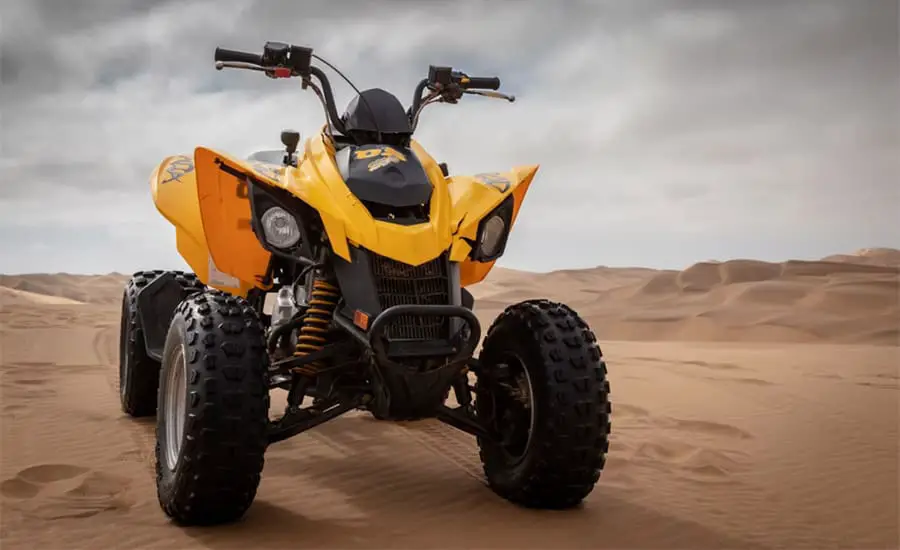
Source: Unsplash
Speed is one of the biggest factors that affects an EVs range. The faster an electric vehicle moves, the more energy it depletes from its power pack.
This is mainly due to an increase in drag as the vehicle attains new speeds. So, in order to overcome these resistant forces, the EV’s motor draws more power from the vehicle’s battery (or batteries).
A data chart published by Teslike reveals how the Tesla Model S dropped about 20 miles of range every time the speed was increased by just 5 miles an hour.
So, a faster motor will result in more power consumption.

